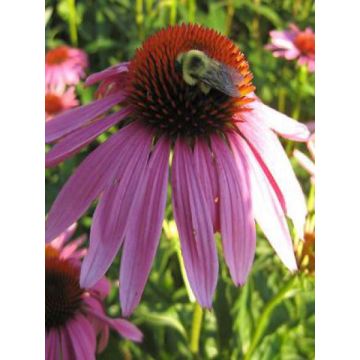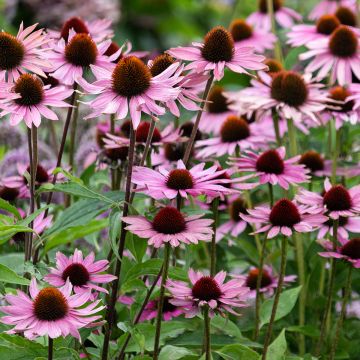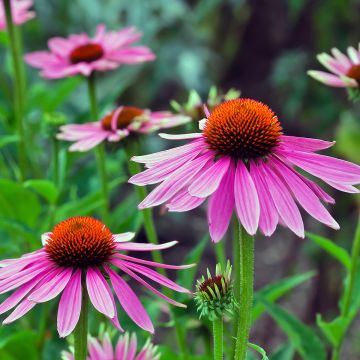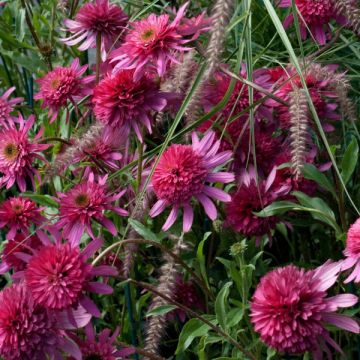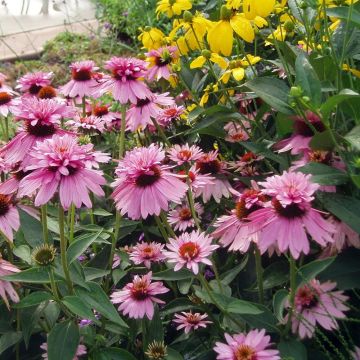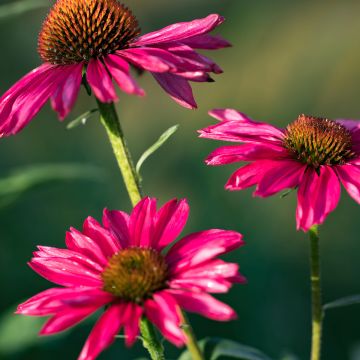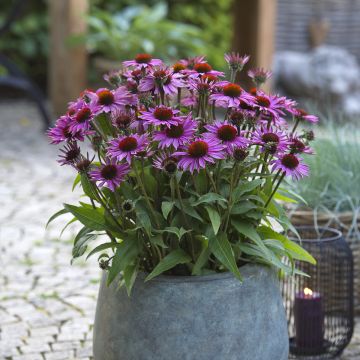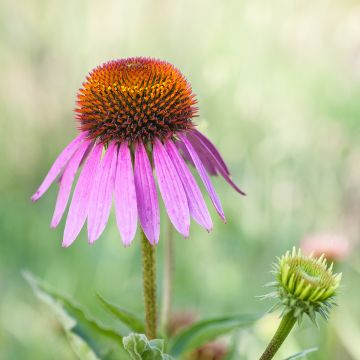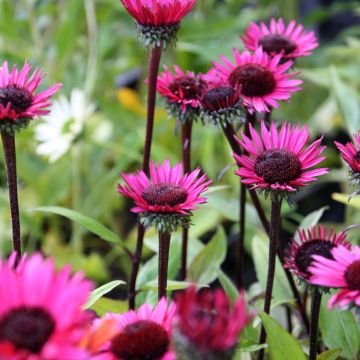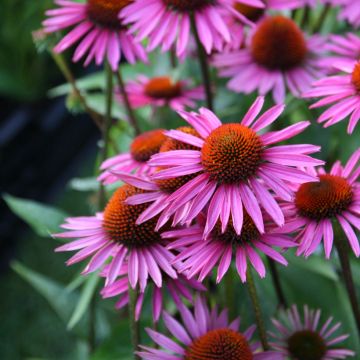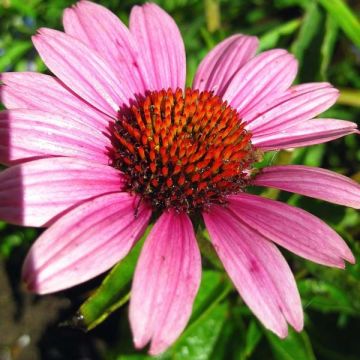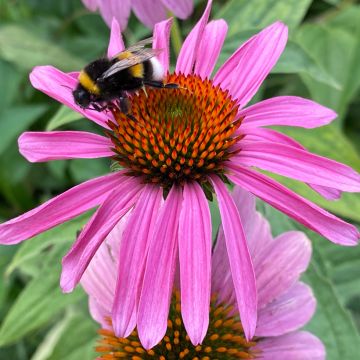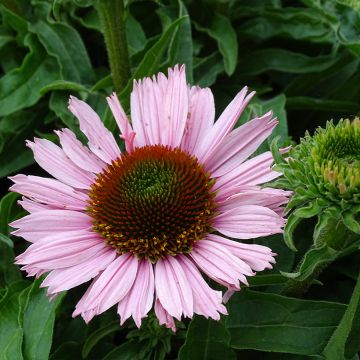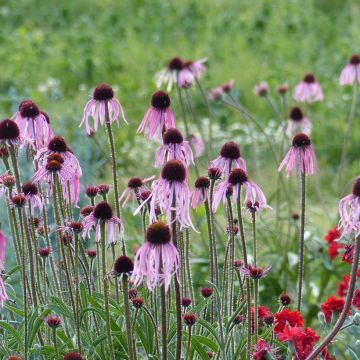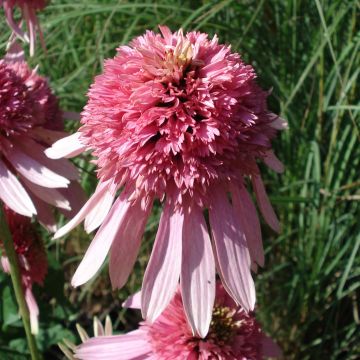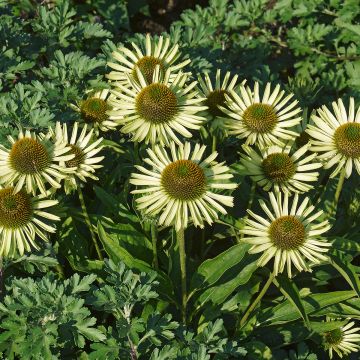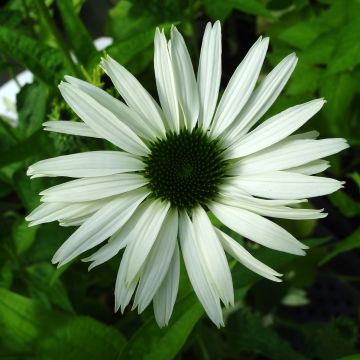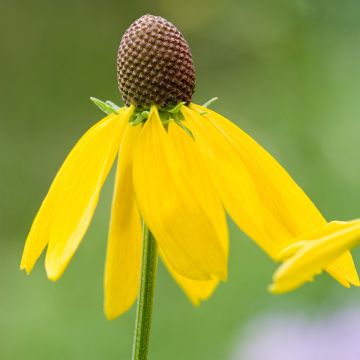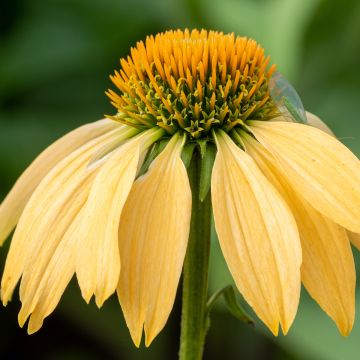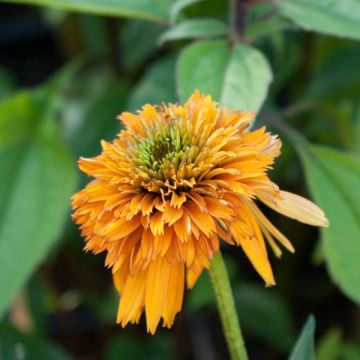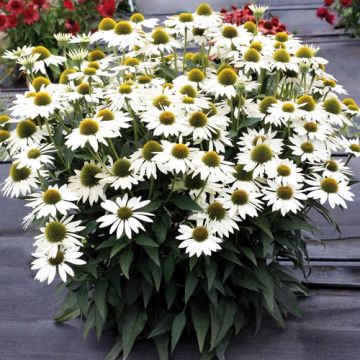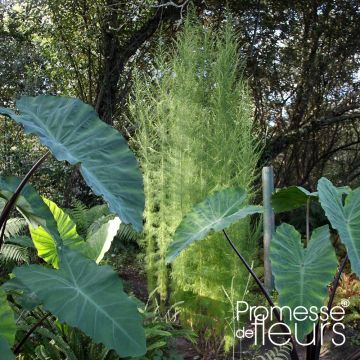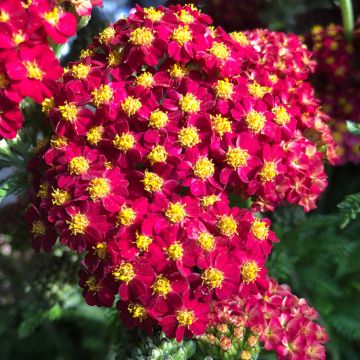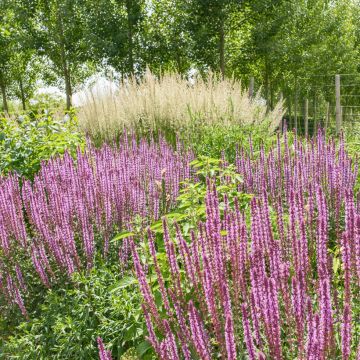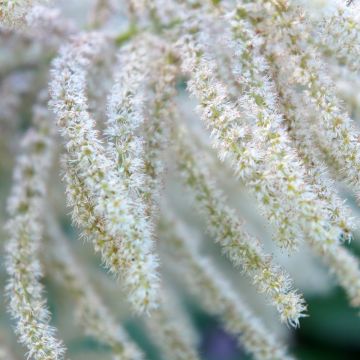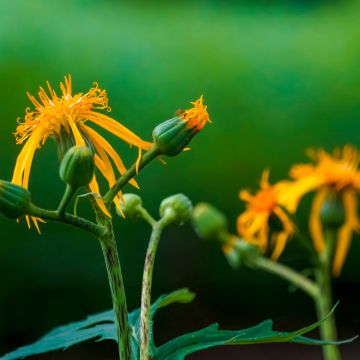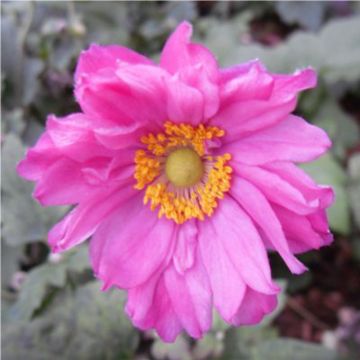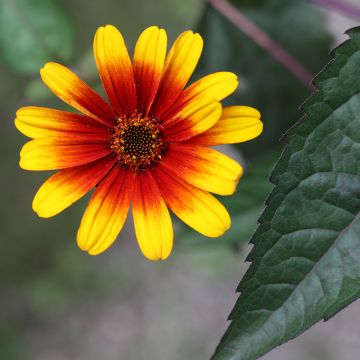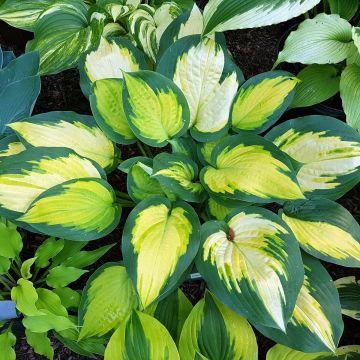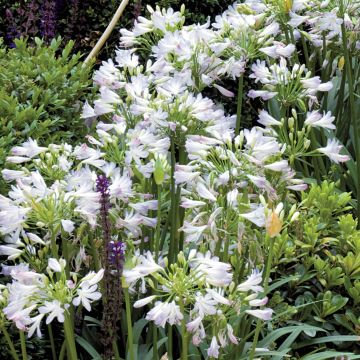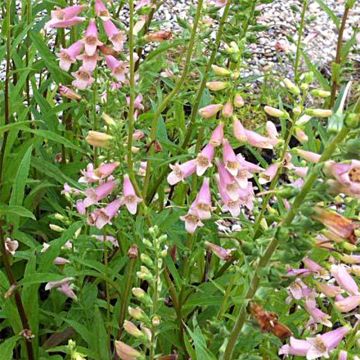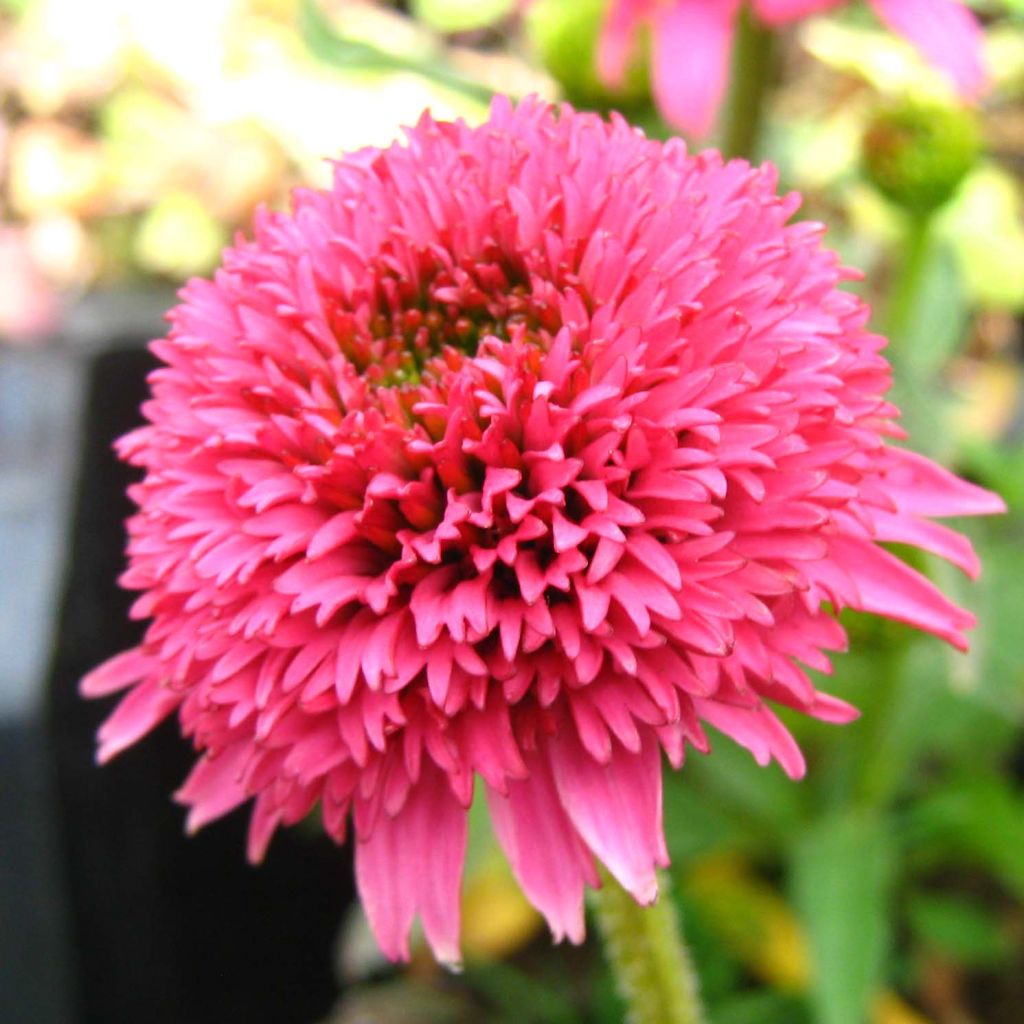

Echinacea purpurea Piccolino - Purple Coneflower
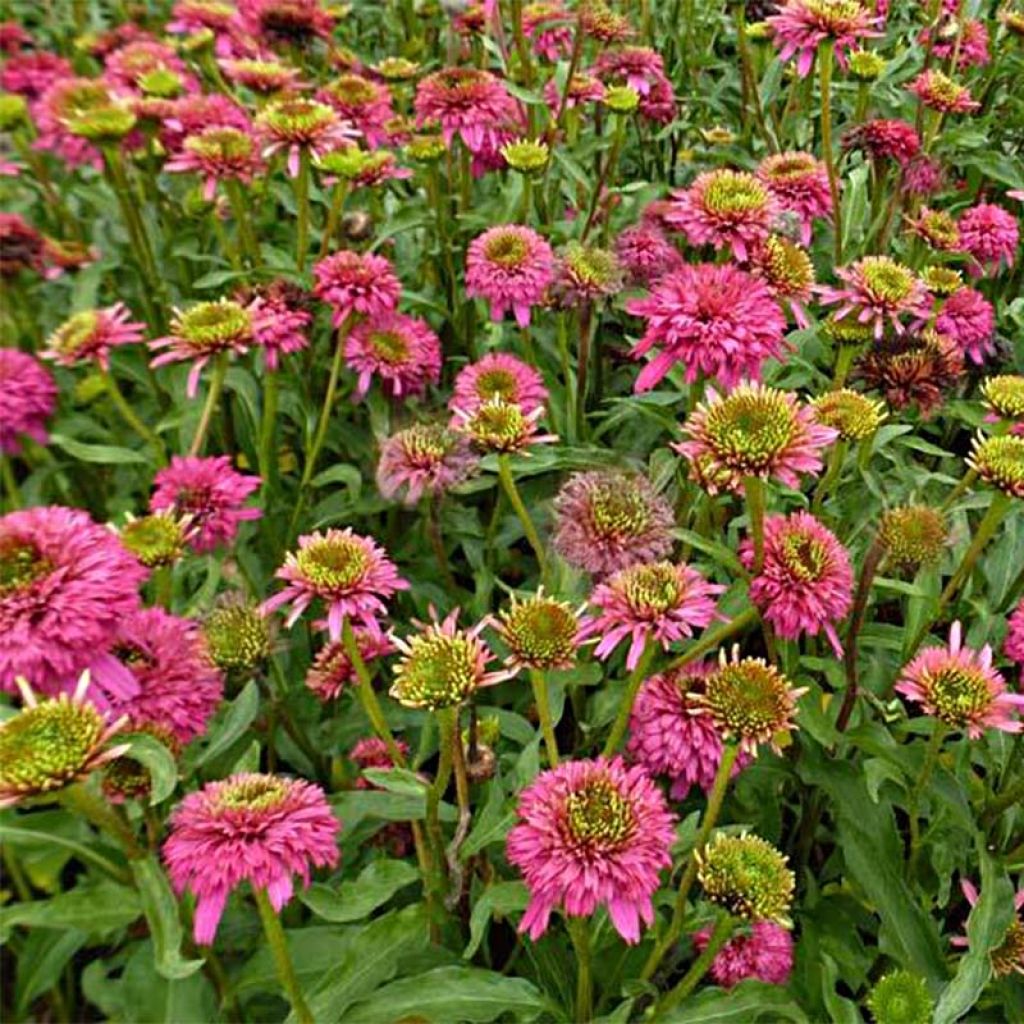

Echinacea purpurea Piccolino - Purple Coneflower
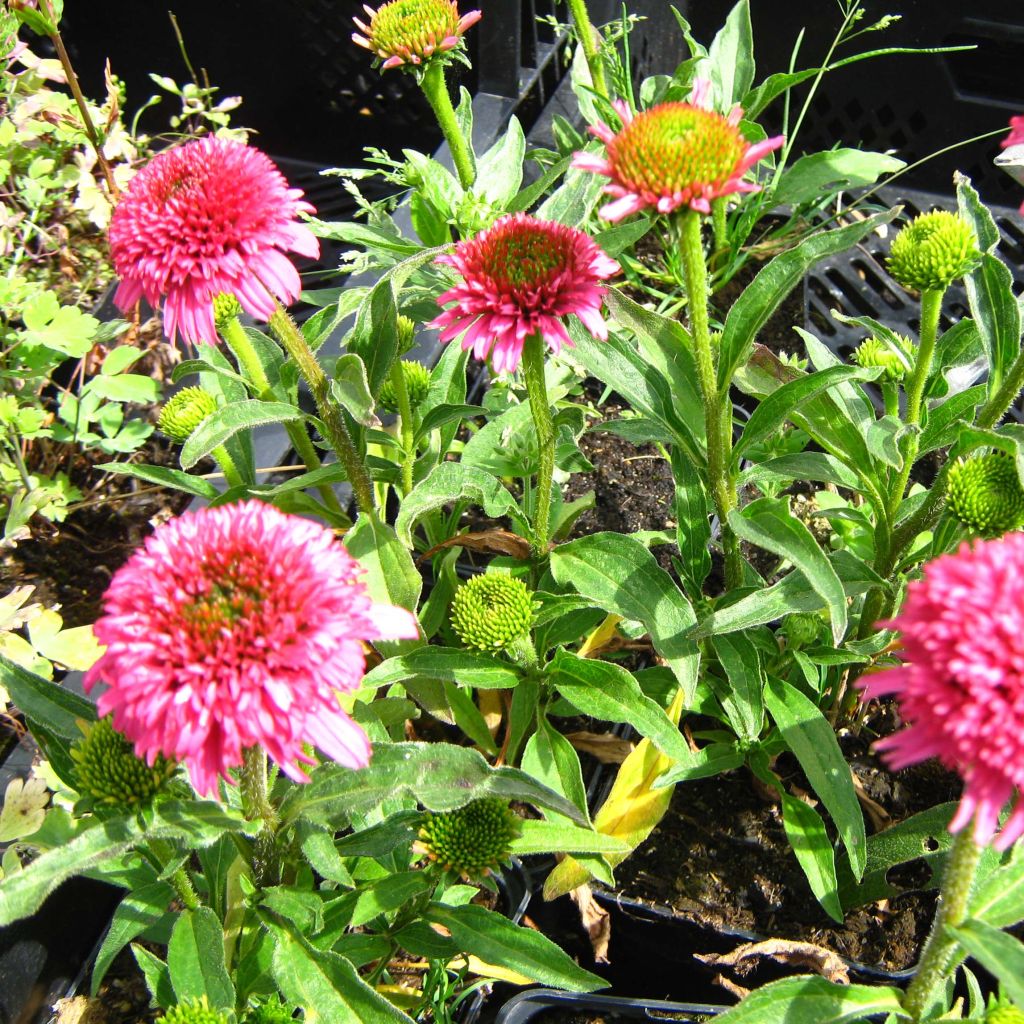

Echinacea purpurea Piccolino - Purple Coneflower
Echinacea purpurea Piccolino - Purple Coneflower
Echinacea purpurea Piccolino
Purple Coneflower, Eastern Purple Coneflower
Why not try an alternative variety in stock?
View all →This plant carries a 12 months recovery warranty
More information
We guarantee the quality of our plants for a full growing cycle, and will replace at our expense any plant that fails to recover under normal climatic and planting conditions.
From €5.90 for pickup delivery and €6.90 for home delivery
Express home delivery from €8.90.
Does this plant fit my garden?
Set up your Plantfit profile →
Description
Echinacea purpura Piccolino is a brand new variety of Purple Coneflower that was awarded at the Saint-Jean de Beauregard plant festival for its small size, floribundity, and remarkably colourful flowering, pleasantly eccentric. Its flowers, to say the least, are original, with beautiful heads that develop a double, conical and tousled green centre, surrounded by trailing ligules, evolving from almost red to orange-pink and finally fuchsia pink when fully bloomed. This vigorous little perennial, which flowers in intense colours all summer long, doesn't go unnoticed in sunny borders. Its small stature is particularly suitable for ornamenting terraces and balconies.
Native to the western United States, Echinacea purpurea is a perennial with a strong character, which unabashedly colonizes rocky meadows, savannas, clear undergrowth, and roadside edges in its natural environment. Piccolino is a rather astonishing French descendant of this formidable pioneer, with a very pronounced duplication at the level of the central disc. The plant has a very compact tufted habit, reaching 30-35cm (12-14in) in height and 40-45cm (16-18in) in width. Its short and sturdy stems show good resistance. The green leaves are covered with rough hairs. The flowering, which is both melliferous and nectariferous, takes place from June to September, and is very popular with butterflies. The stems are topped by a solitary inflorescence in small 4-5cm (2in) in diameter heads, which may seem simple at first. As the hours go by, a prominent central disc rises, giving the flower's heart the appearance of a tousled and velvety pompom formed by tiny florets. Around the disc, the deep pink ligules are rather short and strongly curved backwards. On the periphery, they are longer and lighter pink. This plant firmly and deeply roots itself in the soil, thanks to its well-developed root system.
Purple Echinacea Piccolino offers an incredibly vibrant flowering, animated by a constant flight of butterflies, enjoyable to contemplate throughout the summer. It is used in mass borders mixed with other pink flowers with contrasting shapes (perennial or shrubby salvias, dwarf gladioli, daylilies, carnations). Lighten the scene by mixing in some ornamental grasses such as Stipa tenuifolia, Muhlenbergia capillaris...Splendid in borders, the beautiful colour of the purple Echinacea Piccolino makes a sensation in flowerbeds, planters, and potted plants.
The scent of Echinacea varies depending on the stage of flowering. At first, when the florets are in an upright crown, the scent is barely perceptible. When fully bloomed, as the florets droop as if drained of their strength, it exhales a subtle honey scent, very attractive to bees, butterflies, and other insects. Once the head is pollinated, the scent takes on a more vanilla note.
Medicinal properties: In homeopathy, its root is used to fight colds and strengthen the immune system. These properties were already used by Native Americans.
Report an error about the product description
Echinacea purpurea Piccolino - Purple Coneflower in pictures
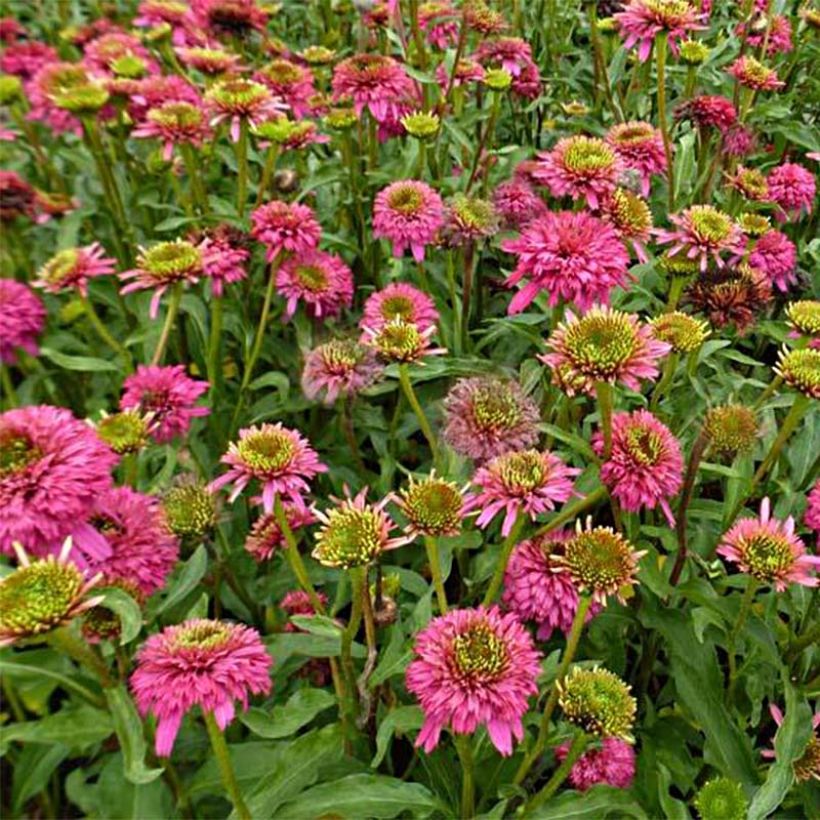

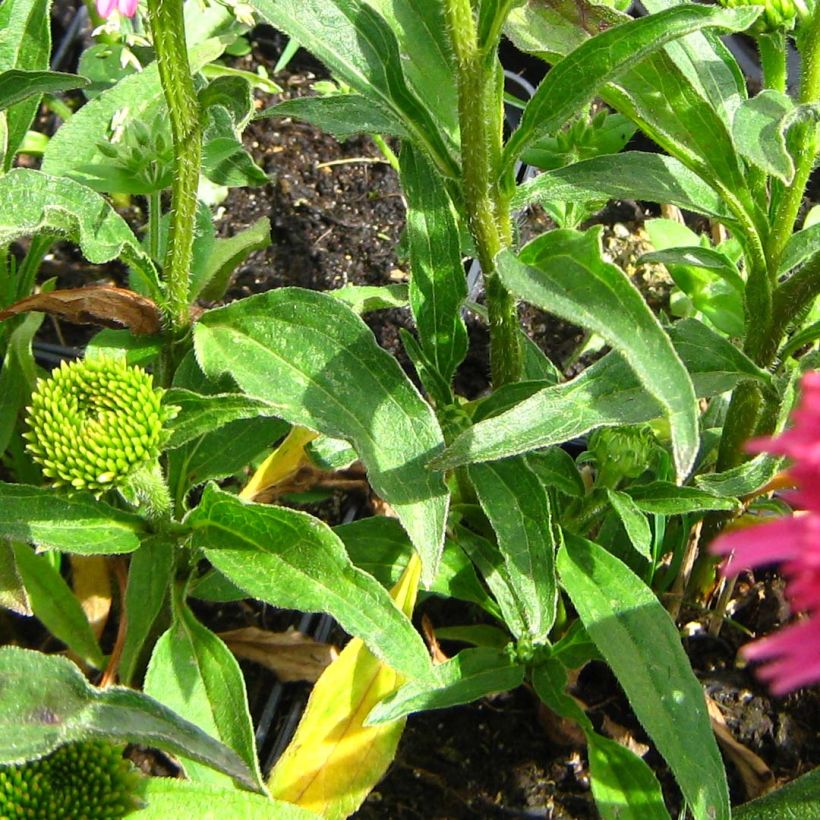

Flowering
Foliage
Plant habit
Botanical data
Echinacea
purpurea
Piccolino
Asteraceae
Purple Coneflower, Eastern Purple Coneflower
Cultivar or hybrid
Other Echinacea - Coneflower
Planting and care
Planting period
Intended location
Care
This item has not been reviewed yet - be the first to leave a review about it.
Summer flowering perennials
Haven't found what you were looking for?
Hardiness is the lowest winter temperature a plant can endure without suffering serious damage or even dying. However, hardiness is affected by location (a sheltered area, such as a patio), protection (winter cover) and soil type (hardiness is improved by well-drained soil).

Photo Sharing Terms & Conditions
In order to encourage gardeners to interact and share their experiences, Promesse de fleurs offers various media enabling content to be uploaded onto its Site - in particular via the ‘Photo sharing’ module.
The User agrees to refrain from:
- Posting any content that is illegal, prejudicial, insulting, racist, inciteful to hatred, revisionist, contrary to public decency, that infringes on privacy or on the privacy rights of third parties, in particular the publicity rights of persons and goods, intellectual property rights, or the right to privacy.
- Submitting content on behalf of a third party;
- Impersonate the identity of a third party and/or publish any personal information about a third party;
In general, the User undertakes to refrain from any unethical behaviour.
All Content (in particular text, comments, files, images, photos, videos, creative works, etc.), which may be subject to property or intellectual property rights, image or other private rights, shall remain the property of the User, subject to the limited rights granted by the terms of the licence granted by Promesse de fleurs as stated below. Users are at liberty to publish or not to publish such Content on the Site, notably via the ‘Photo Sharing’ facility, and accept that this Content shall be made public and freely accessible, notably on the Internet.
Users further acknowledge, undertake to have ,and guarantee that they hold all necessary rights and permissions to publish such material on the Site, in particular with regard to the legislation in force pertaining to any privacy, property, intellectual property, image, or contractual rights, or rights of any other nature. By publishing such Content on the Site, Users acknowledge accepting full liability as publishers of the Content within the meaning of the law, and grant Promesse de fleurs, free of charge, an inclusive, worldwide licence for the said Content for the entire duration of its publication, including all reproduction, representation, up/downloading, displaying, performing, transmission, and storage rights.
Users also grant permission for their name to be linked to the Content and accept that this link may not always be made available.
By engaging in posting material, Users consent to their Content becoming automatically accessible on the Internet, in particular on other sites and/or blogs and/or web pages of the Promesse de fleurs site, including in particular social pages and the Promesse de fleurs catalogue.
Users may secure the removal of entrusted content free of charge by issuing a simple request via our contact form.
The flowering period indicated on our website applies to countries and regions located in USDA zone 8 (France, the United Kingdom, Ireland, the Netherlands, etc.)
It will vary according to where you live:
- In zones 9 to 10 (Italy, Spain, Greece, etc.), flowering will occur about 2 to 4 weeks earlier.
- In zones 6 to 7 (Germany, Poland, Slovenia, and lower mountainous regions), flowering will be delayed by 2 to 3 weeks.
- In zone 5 (Central Europe, Scandinavia), blooming will be delayed by 3 to 5 weeks.
In temperate climates, pruning of spring-flowering shrubs (forsythia, spireas, etc.) should be done just after flowering.
Pruning of summer-flowering shrubs (Indian Lilac, Perovskia, etc.) can be done in winter or spring.
In cold regions as well as with frost-sensitive plants, avoid pruning too early when severe frosts may still occur.
The planting period indicated on our website applies to countries and regions located in USDA zone 8 (France, United Kingdom, Ireland, Netherlands).
It will vary according to where you live:
- In Mediterranean zones (Marseille, Madrid, Milan, etc.), autumn and winter are the best planting periods.
- In continental zones (Strasbourg, Munich, Vienna, etc.), delay planting by 2 to 3 weeks in spring and bring it forward by 2 to 4 weeks in autumn.
- In mountainous regions (the Alps, Pyrenees, Carpathians, etc.), it is best to plant in late spring (May-June) or late summer (August-September).
The harvesting period indicated on our website applies to countries and regions in USDA zone 8 (France, England, Ireland, the Netherlands).
In colder areas (Scandinavia, Poland, Austria...) fruit and vegetable harvests are likely to be delayed by 3-4 weeks.
In warmer areas (Italy, Spain, Greece, etc.), harvesting will probably take place earlier, depending on weather conditions.
The sowing periods indicated on our website apply to countries and regions within USDA Zone 8 (France, UK, Ireland, Netherlands).
In colder areas (Scandinavia, Poland, Austria...), delay any outdoor sowing by 3-4 weeks, or sow under glass.
In warmer climes (Italy, Spain, Greece, etc.), bring outdoor sowing forward by a few weeks.

































